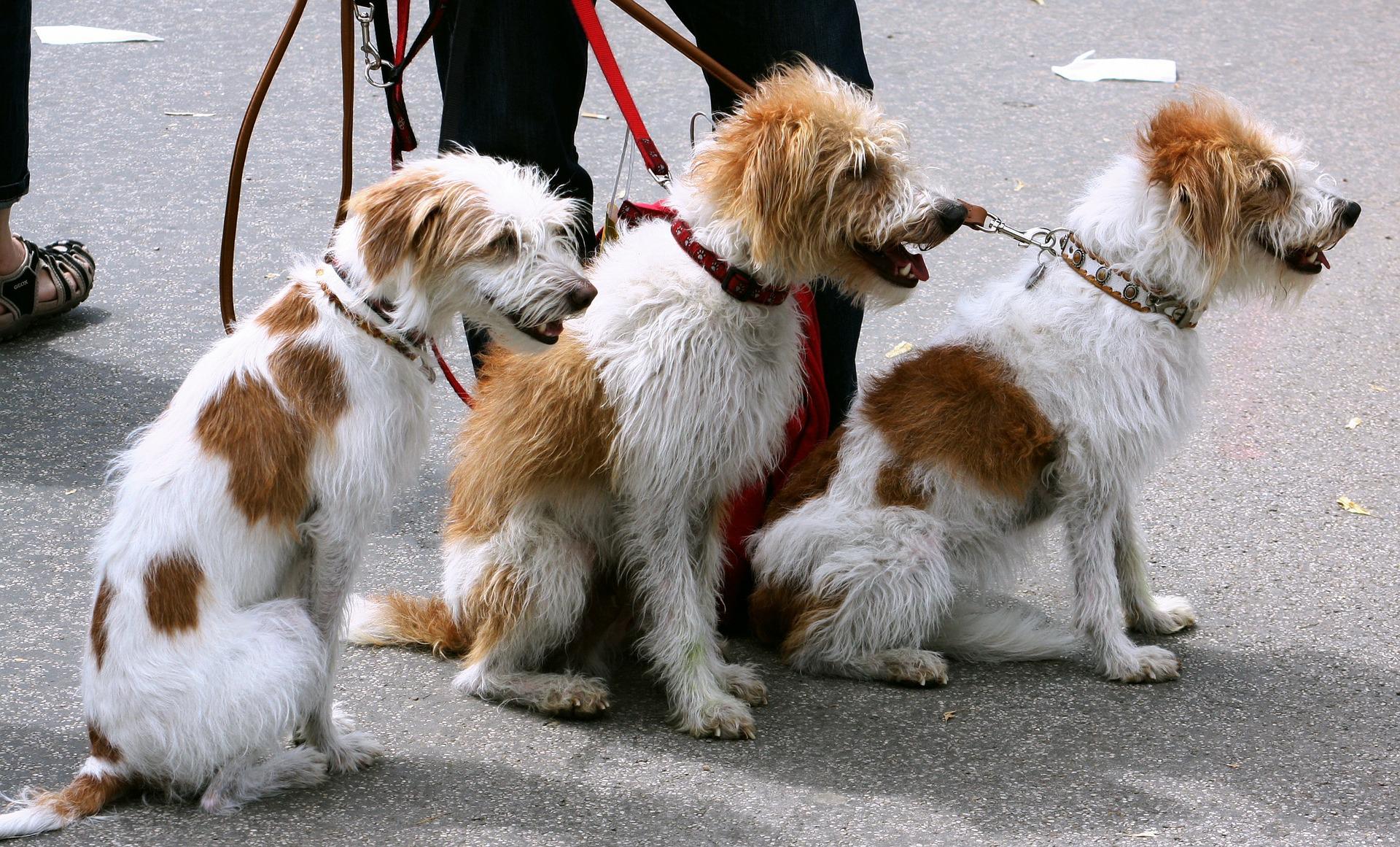When you first get a dog, there is a lot of equipment you need to buy to keep them safe, healthy, and happy–a crate, a bed, toys, food, bowls, and more. In addition to these necessities for around the home, you also need to get the right tools for training them. Without the proper equipment, training might be a lot harder or take longer than needed. What are the essential dog training supplies you need to up your training game?
- Treats! This one is pretty obvious. Training works best when you reward positive behaviors (instead of punishing undesirable ones), and treats are the easiest way to do that. Choose small treats that are easy to grab, and be sure to keep track of the general amount that you give your dog–if the treats are very high-calorie, you may need to adjust the amount of food they get at their meals on days when you’ve done a lot of training to avoid overfeeding them. Different treats should be used for various tasks. High-value treats like shredded chicken or bacon bits are great to use when you need to get your dog’s attention, such as working on their recall or socializing a reactive dog. Lower-value treats like small kibbles serve you well for teaching more straightforward commands like “sit” and “stay.”
- Treat Pouch: To have all those tasty treats on hand, you need a place to put them. Treat pouches may clip around your waist like a fanny pack or may be worn across your chest like a purse. They hold many treats so that you are unlikely to run out during your training session–much better than trying to store goodies in your pants pocket or hold them in a handful.
- Collar and Leash: These are items you need for your dog in general, but they are also essential during training. Choose a collar and leash made of a durable material like nylon so that they last for a long time. Many leashes come with a handhold to easily hold the leash at a shorter distance for those times that you need to keep your pup very close. Avoid the temptation to get a retractable leash. Owners with good intentions often turn to these because they want their dog to have a bit more freedom on walks. However, retractable leashes can cause serious injury, make it challenging to pull your dog back quickly when needed, and often exacerbate pulling issues (because the dog is used to the feeling of low tension on the leash).
- Long Leash: Opt for a long leash instead of a retractable leash. This allows your dog to wander and gives you better control when reeling them in. They are excellent for working on your dog’s recall without having them fully off-leash.
- Clicker: Training clickers can do wonders during training. These simple devices emit a clicking sound when you press a button and are used to mark the exact moment a dog has performed the desired behavior. Your dog will learn to associate the “click” with the fact that they’ve done an excellent job and will now receive a treat. Clickers are especially handy because they allow you to mark good behavior even if the delivery of the reward is delayed. For example, if you tell your dog to “stay” and walk away, you won’t be able to give them their treat immediately once you’ve reached the distance you were aiming for. Instead, you mark their good behavior with a “click,” then have time to walk back to them and give them the treat.Gulf Coast K9 Dog Training is a professional dog training facility located in Bradenton Florida.





